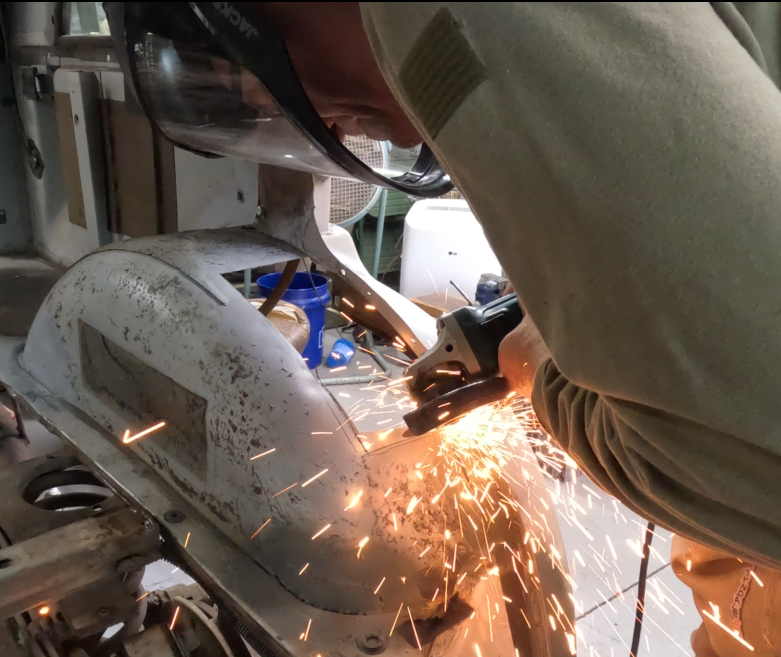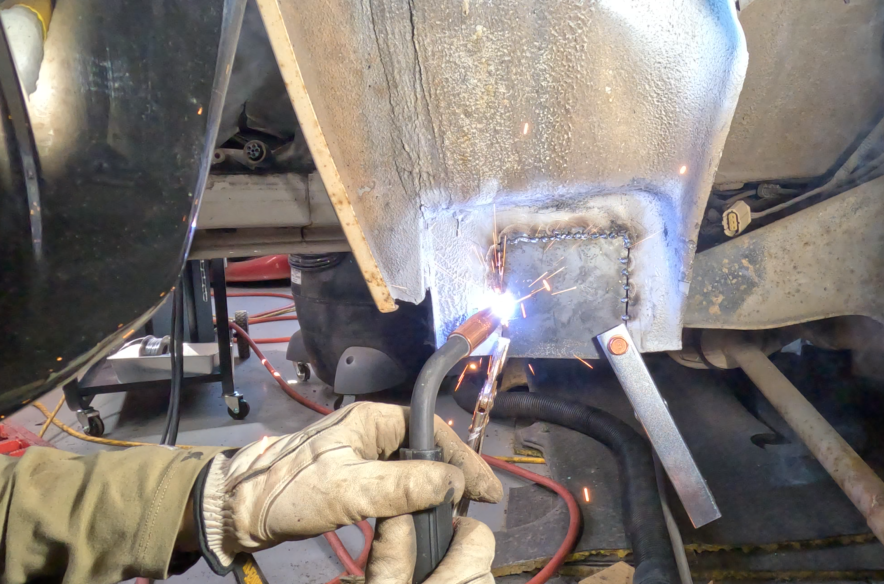Folks…its hot outside.
It is not uncommon for Oklahoma to have temps over 100°F for extended periods of time. Even when I was a kid this happened some summers. The hottest temp I ever remembered experiencing was 125°F during the Combined Arms Exercise (CAX) in August of 1985 while I was serving in the US Marine Corps Reserve. We spent 14 lovely days (without a shower) in the high desert of the Marine Corps Air Ground Combat Center, also known as 29 Palms [Marines.mil] or “the stumps” as many Marines sometimes fondly remember it.
I recently got to catch up with one of my friends that I had not seen since February of 1986. We talked for hours and brought up that summer and our exploits in the desert several times.
I know we are supposedly experiencing “never before” (not since records have been kept anyway) high temps across the entire earth. I heard a guy offer an alternative theory to the climate warming crisis. He said, “What if we have been living during a historically cold temperature all this time?” That does make you think a bit…
I work in the shoppe as long as I can during these hot days. The GoPro camera usually signals that I’m done when it over heats. The last few videos I have taken the GoPro it has prematurely quit and had to be set on the portable air condition to get it back to operating temperature.
After I’ve had enough with the heat, leaving the shop on these days in July and August on the Southern plains with triple digit temperatures has me feeling a bit like Sir Alec Guinness when he emerged from “the oven” in Bridge Over the River Kwai (1957).
https://youtube.com/clip/Ugkxpvg6PJsI2cItxKk5YIs2Qaf_1TQReYl5
For some stupid reason that video will not embed.
I’ve shown the shoppe temp in previous videos. When the outside temp is 100°F plus. The shoppe temp can easily be 110° to 120°F inside. It’s basically a giant tin oven. It desperately needs an exhaust fan to pull the hot air out. I will be sourcing one and getting it wired in as soon as my budget allows.
I’ve learned four very important lessons in my 58 years of life, that the wisdom of which needs to be passed on to others:
- Communism doesn’t work.
- Never get involved in a land war in Asia.
- Never cook bacon naked.
- And not the least of which is, don’t use an angle grinder with a cut off wheel to cut steel plate while wearing shorts and a short-sleeved t-shirt after you’ve had a couple of Cuba Libre’s.

While taking care to follow the “Safety Second” mantra, I cut the steel the night before after a crappy day at work. At least I wore my protective face shield and moved the steel stock away from flammables and the Big White Bus while I showered the entire area including my arms and legs with blistering hot sparks precisely cut the two patches.
I remembered to pack a pair of gloves and to place the fender patches in the Ford F-150 after I cut them Friday night. I was worried that in my haste to get to OKC to eat BBQ and see Mike (who is perhaps my oldest friend), I would miss out on my opportunity to manipulate steel plate using tonnes of pressure with the English Wheel because I left the steel at the Okierover Base Camp. Its happened before.
Thankfully I have awesome friends that have skills and tools I have yet to acquire. JagGuy has an English Wheel in his shop.

An English Wheel [TheShed.NZ] which if you know anything about its function makes flat stock, curved. For the left rear fender, the last two pieces to weld up are two large arches. The first of which is the big hole in the wheel well, which is where one of the seat belt mounts (which I will have in place but will not use) go. The other is the outer wheel well arch against the outer wall.
I’m going to use his English Wheel to give my patches some curve (parabola) so they are easier to manipulate and weld into place. I’ve never used an English Wheel but am not afraid to try.
I know using the English Wheel is an “art” and people who can produce panels this way charge premium prices due to this highly skilled and labour-intensive production method. I’m not highly skilled and I don’t plan on doing anything that might pass for “labour-intensive”. Just a few tugs and pulls to get a curve. The wheeling will hopefully make my welding and fitting of the panels easier.
The temp actually cooled off for Saturday, apparently the “heat-bubble” popped. We had rain and temps in the 80s. You can watch the video of the wheeling process and the welding of the fenders.
Thanks for reading and Happy Rovering.


